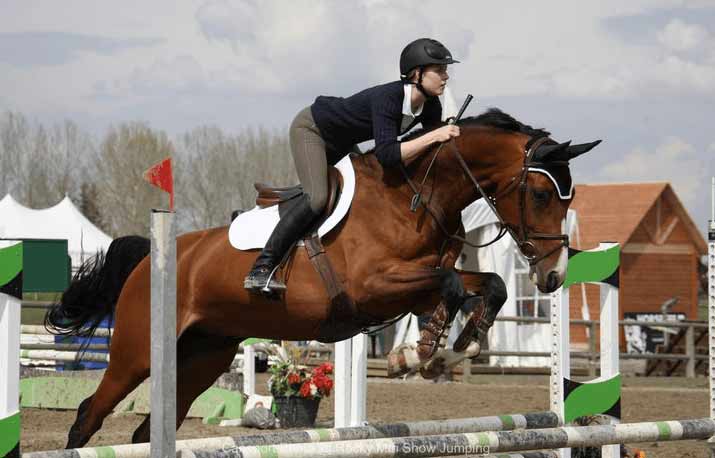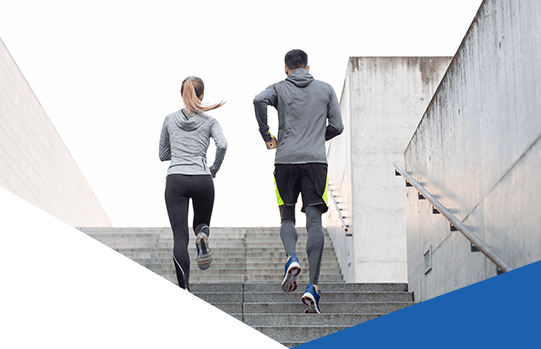Our backs are complex structures that, in the absence of injury or pain, allow for a wide variety of movements.
It is the flexibility and movement in our back that permit us the ability to sit through transitions, sit each gait, or even jump a 5-foot oxer (well some of us) without inhibiting our horse’s movement.
The ability to correctly control the movement in our backs allows us to refine our seat. Even small changes in our seat can affect the horse’s balance, speed and/or stride length ultimately changing their quality of movement.
Reduce the incidence of a repetitive injury
As equitated riders we want to ride with an upright pelvis, with parallel seat bones and our tail bone at almost vertical. This will allow our legs to conform to the horse’s barrel. This seat position also allows the rider to have a neutral spine to be supported bytheir abdominal and deep lumbar stabilizing muscles.
In this position, the pelvis and low back can be more effective with less muscular effort. This can reduce the incidence of a repetitive injury to the rider.
Riding uses specific muscles and movement patterns
Stretching and strengthening exercises
Riding alone may not be enough to create balance, flexibility, muscle memory, proprioception (knowing where you are in space), strength, and cardio-vascular endurance. All these things make up rider fitness!
They can be
The most common pattern seen causing incorrect equitation in the tack is the exaggerated curve in the low back (hollow back), w
An exaggerated curve in the spine is often generated from tight hip-flexor muscle winning against weak abdominal and gluteal muscles.
Without the gluteal muscle
The end result is that the rider now has an exaggerated curve in their low back forcing their pelvis to tilt forward and they sit on their pubic bone rather than their seat bones.
With weak abdominal muscles, they lean forward in front of their (and our horse’s) centre of gravity. In order to maintain this forward position the rider’s thighs roll inward. When the rider becomes knock-kneed they are forced to pinch with their knees instead of being able to allow the leg to hang down along the horse’s side. This affects the ability of the rider to properly use their aids, and it affects the horse’s movement and capabilities.
Two exercises I often suggest for riders to incorporate into their off-horse training are Hamstring and Iliopsoas stretching. Improving the length of these two can help correct the forward pelvis and hollowed back as well as the biomechanics of the rider in the tack. It is important to remember that stretches should not cause pain or discomfort, rather a pull or stretch sensation. Executing each stretch multiple times per day and holding each stretch for a minimum of 30sec-1min is recommended to allow for tissue changes.
Please be sure to seek advice from a Physiotherapist or Medical Professional before starting any exercise program to ensure specificity.





